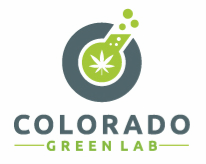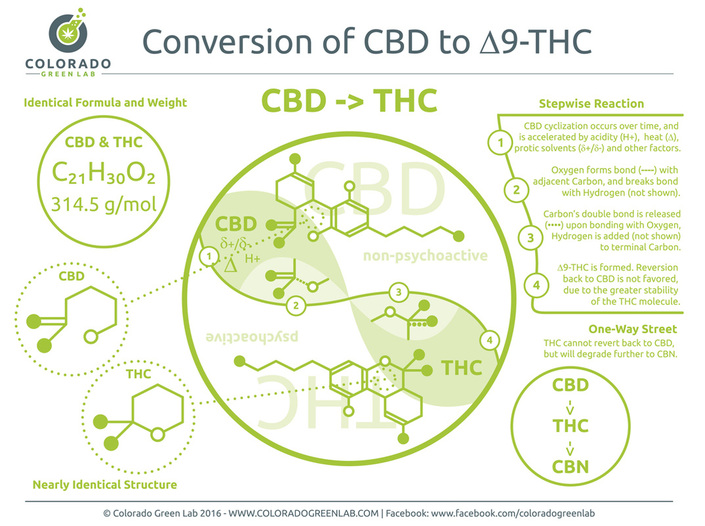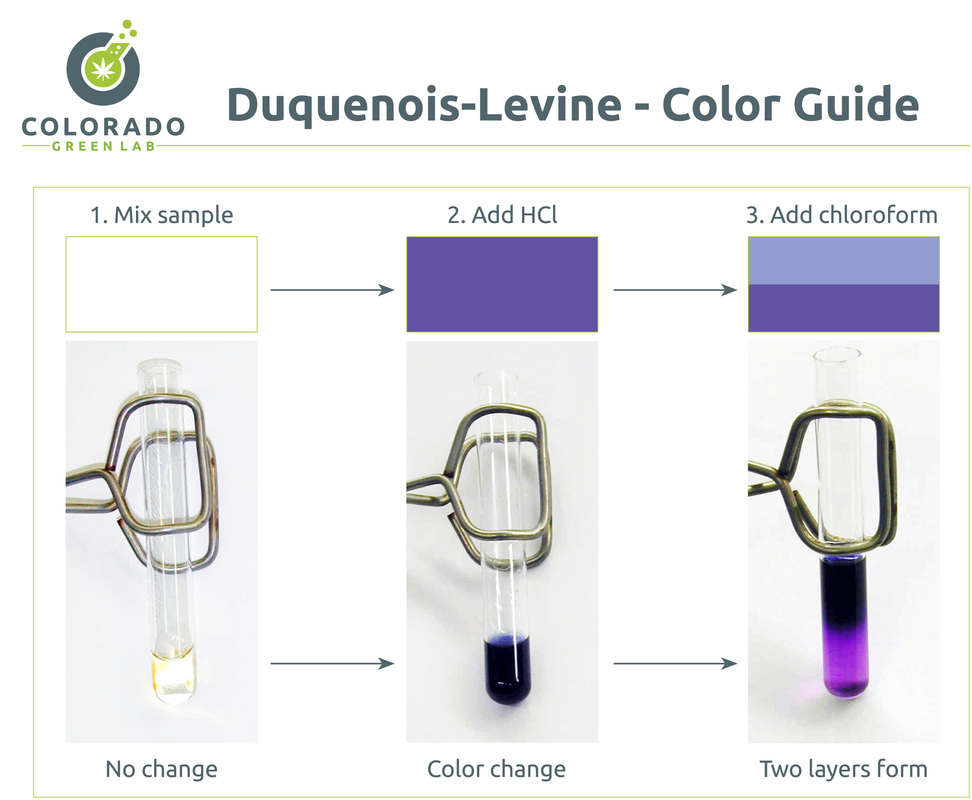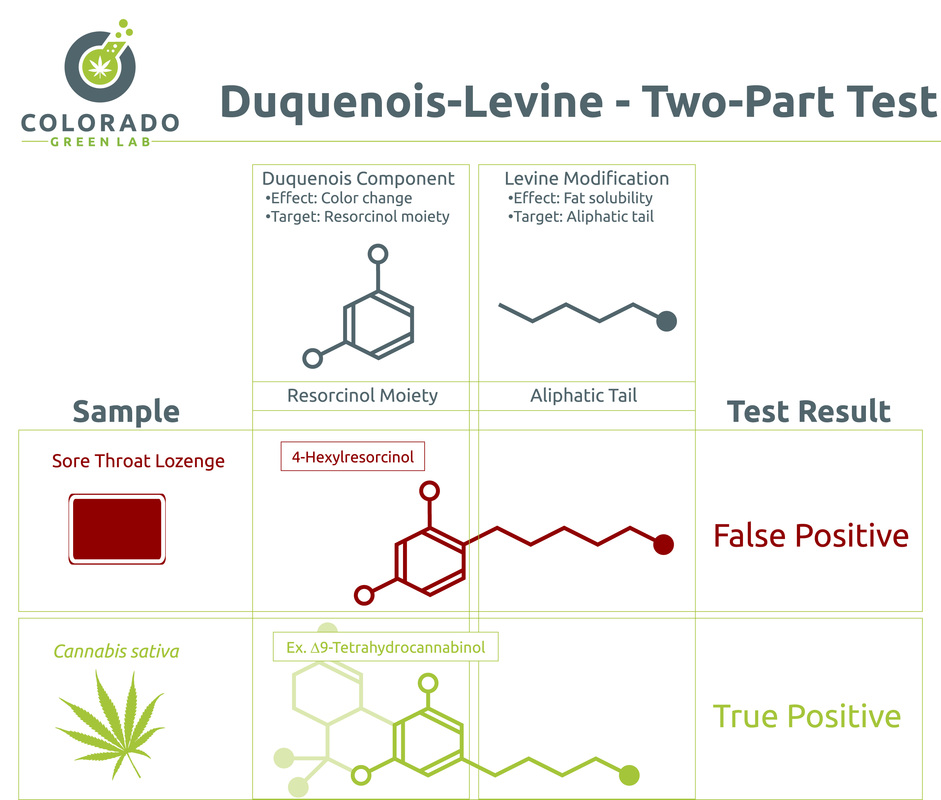The topic of August's FrankTalk (date and venue TBD) will be the conversion of CBD to THC, and the legal and medical implications of this little-known phenomenon. I'll update blog with more details and source references in the coming week, but for now, here's the summary:
tl; dr
Cannabidiol (CBD) and tetrahydrocannabinol (THC) are nearly identical, but whereas THC is psychoactive, CBD is not. The two compounds differ only slightly in chemical structure - CBD is bicyclic ("two-ring") and THC is tricyclic ("three-ring"). The carbon and oxygen molecules in the partial central ring of CBD will rearrange under various natural and artificial conditions to form THC. The rate of conversion is influenced by many factors, including length of storage time, exposure to light and air, ambient temperature, acidity, and the presence of protic solvents such as ethanol or methanol (alcohols).




 RSS Feed
RSS Feed